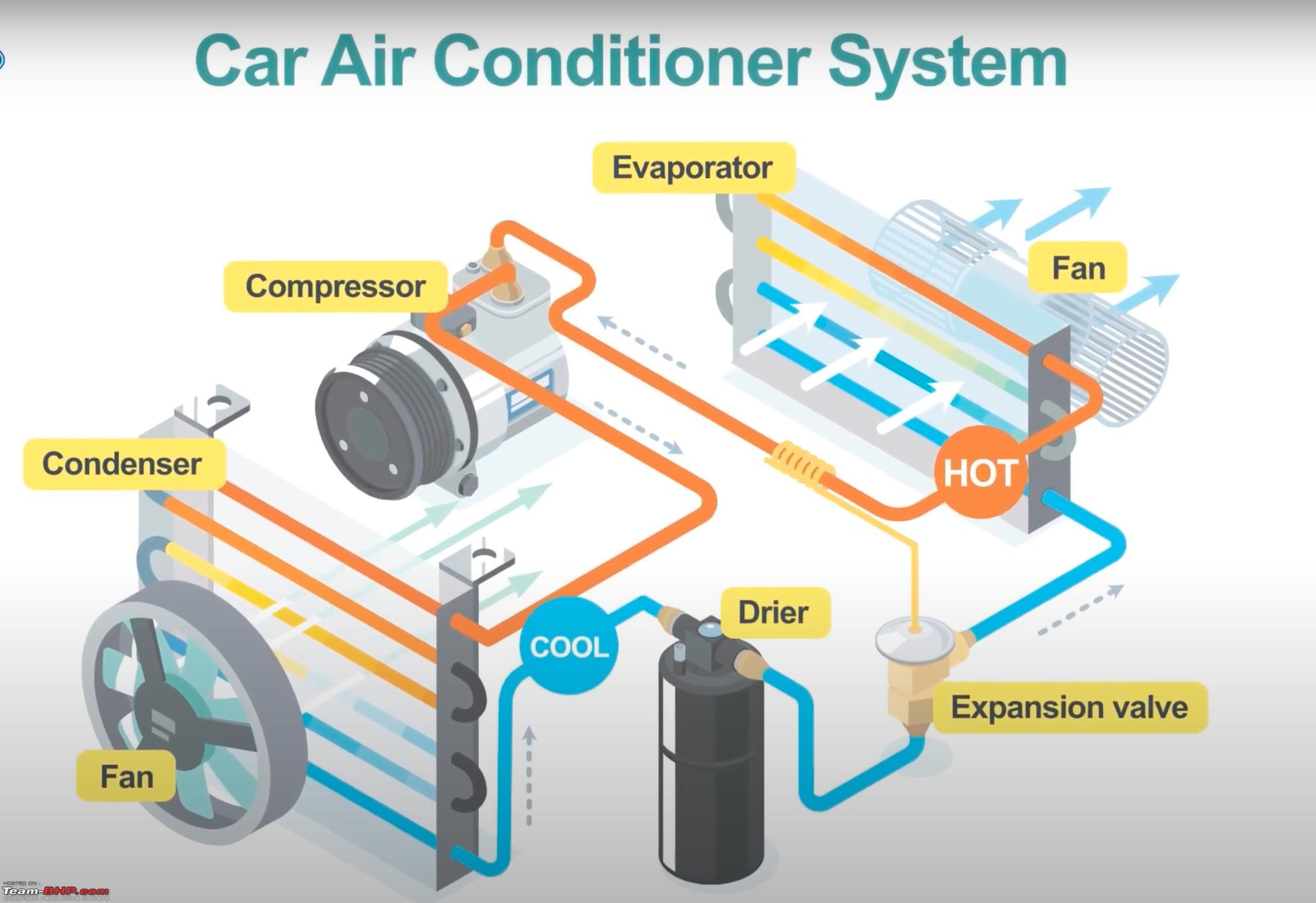AC Compressor No O’Ring Recess? Here’s What’s Going On (And How to Handle It)

So, you’re installing a new or replacement AC compressor, you reach for your trusty O-rings... and bam — there’s no O-ring recess where you expect it to be. Cue confusion, second-guessing, and maybe even a little panic.
But don’t worry. You’re not alone. In fact, this is a way more common issue than most people realize, especially with newer compressors, aftermarket parts, or even some reconditioned units. Before you start imagining catastrophic HVAC failures and blowing up your weekend project, let’s break it all down.
Let’s hit it, trendy-tech style. 🚀
Why Is There No O'Ring Recess?
Here’s the first myth-busting news: not every AC compressor has an O-ring recess. Shocking, right?
In older systems and many factory setups, there was a clearly defined groove where the O-ring sat snugly. This helped seal the connection between the compressor and the hose fitting, preventing refrigerant leaks.
But nowadays? Manufacturers are changing things up for a few key reasons:
- Design evolution: Modern compressors often integrate O-rings directly into the hose fitting side, not the compressor itself.
- Cost-saving engineering: Streamlined designs mean fewer machining steps, reducing costs for OEMs (Sanden Global, 2024).
- Aftermarket variability: Re-manufacturers sometimes modify castings or housings, which can lead to different sealing surfaces.
In short: absence of an O-ring groove doesn’t automatically mean something’s wrong.
How Is It Sealed, Then?
If there’s no O-ring recess on the compressor, sealing usually happens one of two ways:
-
Flat sealing surfaces: The hose fitting clamps directly to a precision-machined flat surface with an O-ring seated in the hose’s flange instead of the compressor body.
-
Gasket seals: Some systems use a special gasket or integrated rubber seal that sits between the mating surfaces, eliminating the need for a traditional O-ring entirely (Four Seasons Tech Tips, 2024).
How to Handle an O'Ring-Less AC Compressor (Without Losing Your Cool)
Ready to bolt up your system like a seasoned pro? Here’s the battle plan:
1. Inspect Both Sides
Before you assume anything, look closely at both the compressor and the line fitting. Often, the O-ring is designed to seat on the line fitting side, not the compressor.
Checklist:
- Is there an O-ring installed already?
- Is there a rubber gasket integrated into the line?
- Are the surfaces clean and free from scoring or corrosion?
2. Use the Correct O-Ring Type
Not all O-rings are created equal, my friend.
- Standard black rubber O-rings? Forget about it.
- Green or blue O-rings? Those are the real deal — they’re specifically designed for refrigerant resistance, usually made from H-NBR (Hydrogenated Nitrile) material (ACDelco Training, 2024).
⚡ Pro Tip: Always match the O-ring size and material to your vehicle’s spec. Don’t eyeball it.
3. Lubricate Wisely
Always lubricate the O-ring (or gasket) with refrigerant oil before installation — but don’t drown it. A light film prevents pinching and helps seat the seal properly.
Using the wrong lubricant (like engine oil, WD-40, or plain grease) can cause swelling or deterioration of the O-ring over time.
4. Torque to Spec
Once everything is lined up, tighten to the correct torque specification.
Over-tightening can warp flanges or crush the O-ring, causing leaks. Under-tightening can leave gaps. Most AC line connections tighten between 7–12 Nm (always check your service manual for specifics).
Common Mistakes to Avoid
🚫 Forcing a Groove Where There Isn’t One:
Don't grind, cut, or modify your compressor trying to create an O-ring seat. You’ll void warranties and almost certainly cause leaks.
🚫 Using Wrong-Sized O-Rings:
An O-ring that’s "almost" the right size is a guaranteed leak. Close doesn’t count here.
🚫 Reusing Old O-Rings:
They may look fine, but aged O-rings lose elasticity. Always replace them with new ones.
🚫 Ignoring Surface Cleanliness:
Even microscopic debris or pitting on the mating surface can cause refrigerant leaks under high pressure.
Real-World Scenarios: You're Not Alone
- Chevy Silverado AC compressor replacements (2015+) often have no visible O-ring groove on the compressor body.
- Holden Commodore VE-VF models with aftermarket compressors commonly shift the O-ring seat into the hose assembly.
- Jeep Wranglers (2012+) also use flat face fittings where the O-ring lives on the pipe, not the compressor.
Knowing these examples can save you HOURS of frustration and wrong assumptions.
Bottom Line: Stay Chill and Double-Check
Finding no O-ring recess on your AC compressor isn’t a design flaw — it’s a different engineering philosophy. The key is understanding where the O-ring or seal belongs and handling it with the right parts, tools, and finesse.
When you do it right, your AC system will be ice-cold, leak-free, and cruising for years without drama. ❄️🚗
Mess it up, though, and you’ll be shelling out for refrigerant recharges, compressor replacements, and enough stress to melt your summer fun.
Stay smart. Stay cool. And always respect the O-ring game.
References:
- Autos
- Art
- Causes
- Crafts
- Dance
- Drinks
- Film
- Fitness
- Food
- Games
- Gardening
- Health
- Home
- Literature
- Music
- Networking
- Other
- Party
- Religion
- Shopping
- Sports
- Theater
- Wellness
